From the p-T graph want conclusion can be drawn? 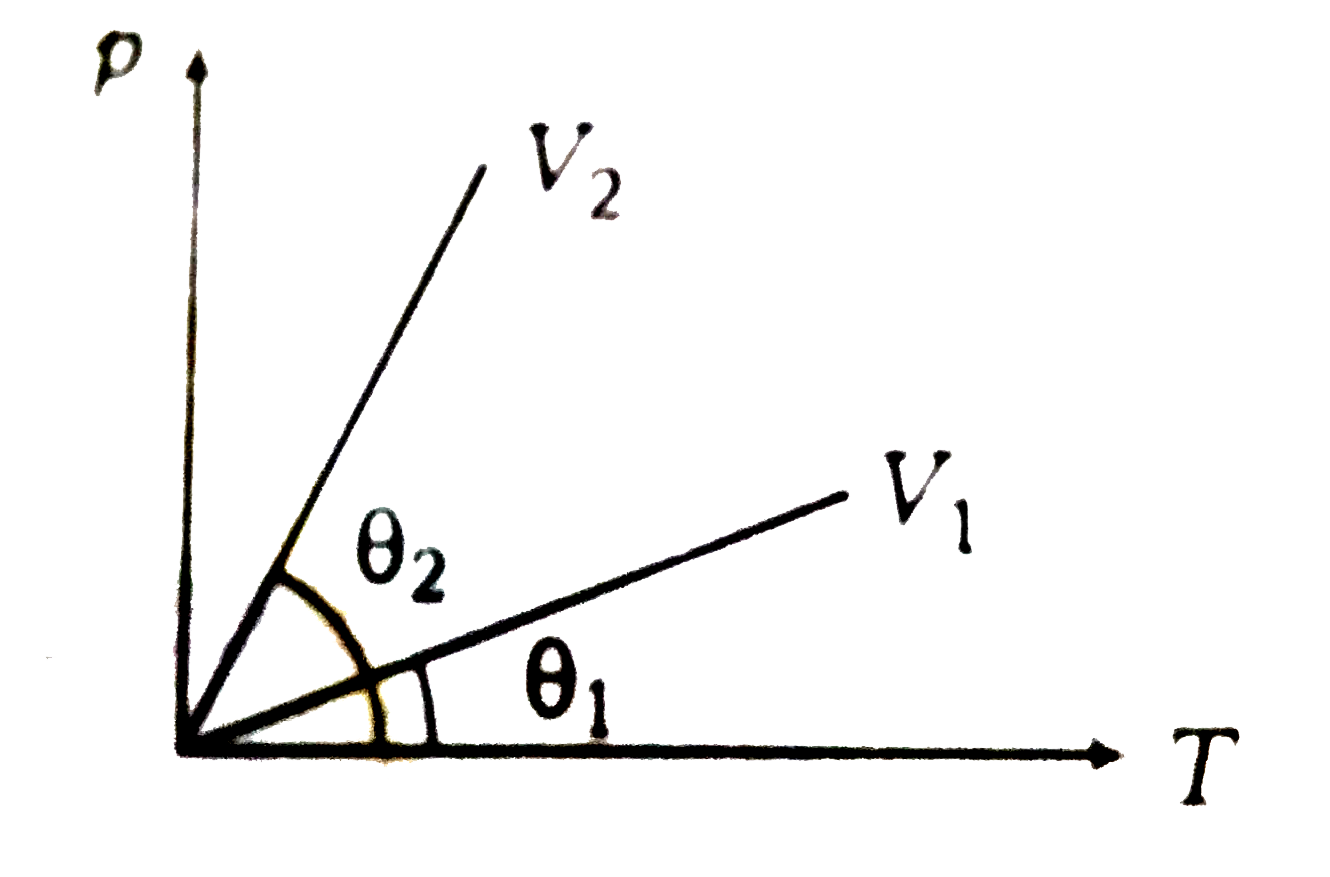
V2=V1
V2<V1
V2>V1
None of these
The correct Answer is:C
As θ2>θ1⇒tanθ2>tanθ1
⇒ (Tp)2>(Tp)1⇒Tp∝V⇒v2>v1
Topper's Solved these Questions
- THERMOMETRY THERMAL EXPANSION AND KINETIC THEORY OF GASESBOOK - DC PANDEYCHAPTER - THERMOMETRY THERMAL EXPANSION AND KINETIC THEORY OF GASESEXERCISE - A Tacking it together
55 Videos
- THERMOMETRY THERMAL EXPANSION AND KINETIC THEORY OF GASESBOOK - DC PANDEYCHAPTER - THERMOMETRY THERMAL EXPANSION AND KINETIC THEORY OF GASESEXERCISE - B medical entrance special format questions
14 Videos
- THERMOMETRY THERMAL EXPANSION AND KINETIC THEORY OF GASESBOOK - DC PANDEYCHAPTER - THERMOMETRY THERMAL EXPANSION AND KINETIC THEORY OF GASESEXERCISE - Check point 14.3
20 Videos
- SUPERPOSITION OF WAVESBOOK - DC PANDEYCHAPTER - SUPERPOSITION OF WAVESEXERCISE - Level 2 Subjective
8 Videos
- THERMOMETRY,THERMAL EXPANSION & KINETIC THEORY OF GASESBOOK - DC PANDEYCHAPTER - THERMOMETRY,THERMAL EXPANSION & KINETIC THEORY OF GASESEXERCISE - Level 2 Subjective
9 Videos
Similar Questions
The table below shows the data on likely heights of boys and girls as they grow in age. Draw graphs of height and age for both boys and girls on the same graph paper. What conclusions can be drawn from these graphs?
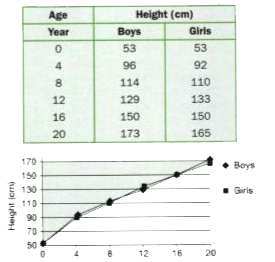
View SolutionBased on the finding of this cross, what conclusion can be drawn?
View Solution
Knowledge Check
Hydrogenation of naphthalene (P) with excess hydrogen gas stops cleanly at 1, 2, 3, 4-tetrahydronaphalene (Q). What conclusion can be drawn from this experiment ?
 Athe hydrogenation of P is exothermicBone aromatic ring of P is more reactive than the aromatic ring of QCone aromatic ring of P is less reactive than the other ring of QDreduction of the first C=C of P is faster than reduction of the second or third C=C
Athe hydrogenation of P is exothermicBone aromatic ring of P is more reactive than the aromatic ring of QCone aromatic ring of P is less reactive than the other ring of QDreduction of the first C=C of P is faster than reduction of the second or third C=CFor a mirror linear magnification m comes out to +2. What conclusions can be drawn from this ?
Amirror is concaveBmirror can be convex or concave but it can not be placeCobject lies between pole and focusDobject lies between focusThe pH values of many common liquids are given in the table below.
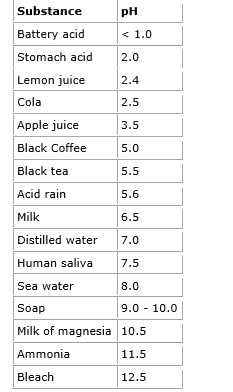
Study the table and answer the questions that follow.
Which of these is a valid conclusion that can be drawn from the table?AMany common food items are quite acidic in nature.BOur stomach contains a liquid which is a weak acid.CSea water is neither acidic nor basic - it is neutral.DAcid rain, in spite of its name, is basic in nature.
Lichens are organisms, which are very sensitive to air pollution. The graph shows how the distance from a coal-fired power station affects the number of different types of growing lichen.
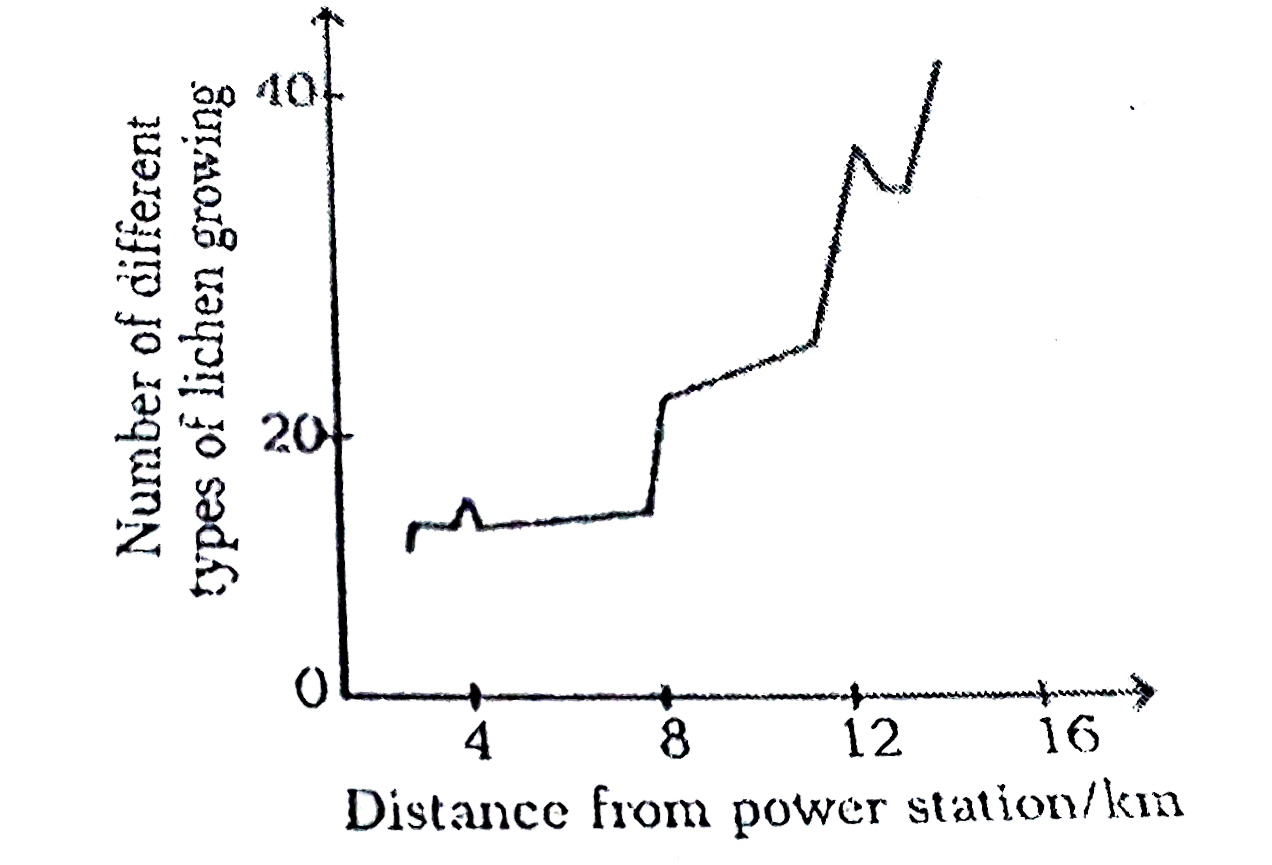
What conclusion can be drawn from this information?
View SolutionState the expression for the total energy of a particle performing linear SHM. What conclusions can be drawn from the expression for the total energy ?
View SolutionThe age pyramid for human population is shown below

Which of the following conclusion can be drawn from the given age pyramid?
View SolutionU.r graph of a particle performing SHM is as shown in figure. What conclusion cannot be drawn from the graph?
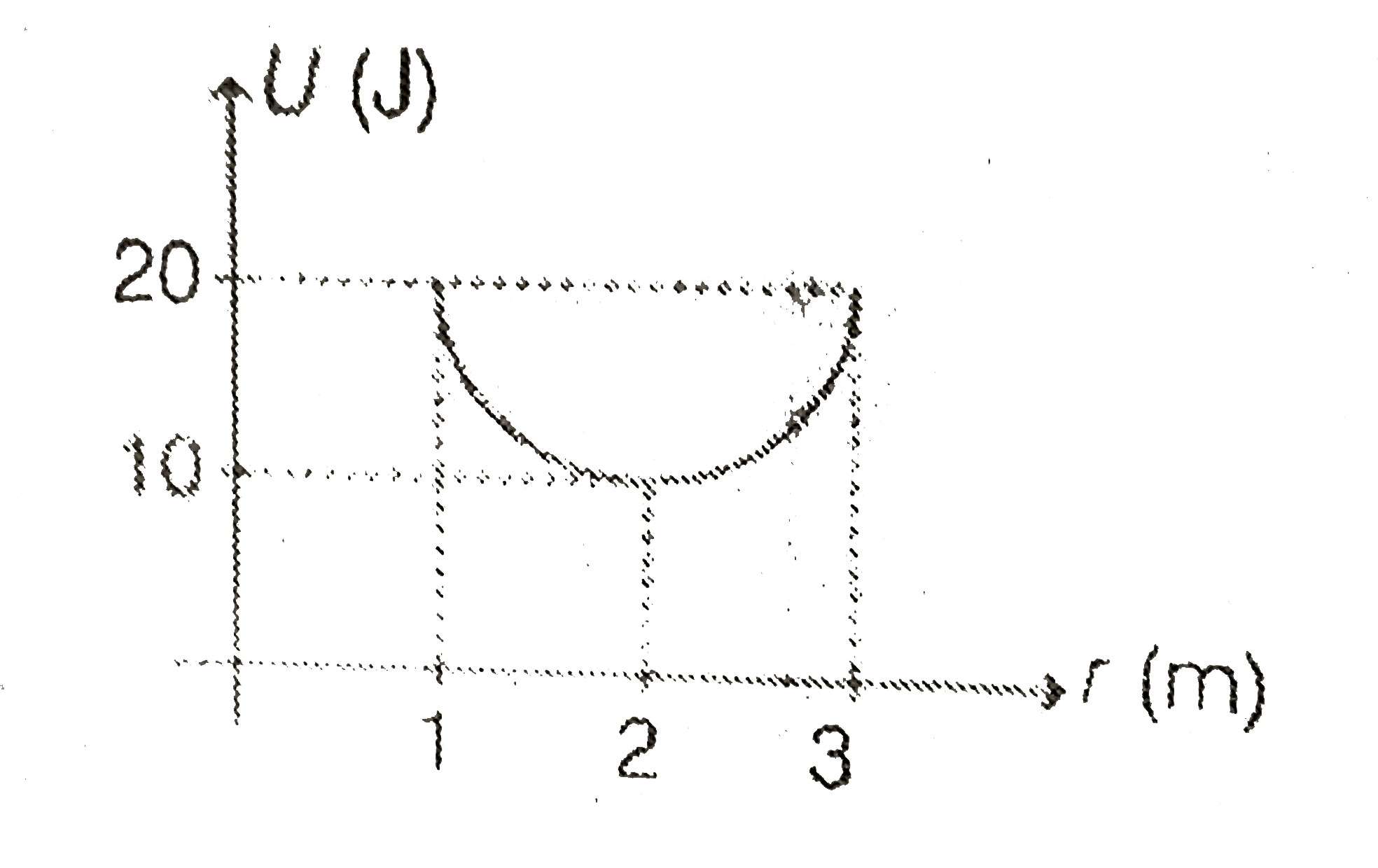
View SolutionFreundlich adsorption isotherm is given by the expression xm=kp1/n. Which of the following conclusions can be drawn from this expression ?
View Solution
